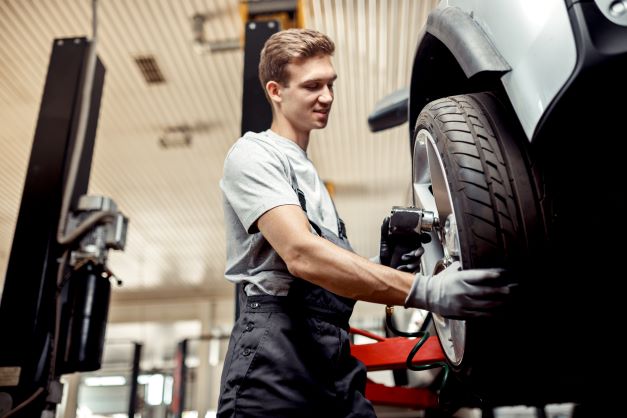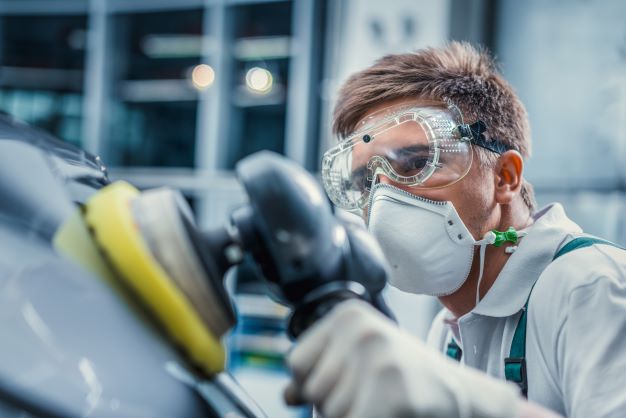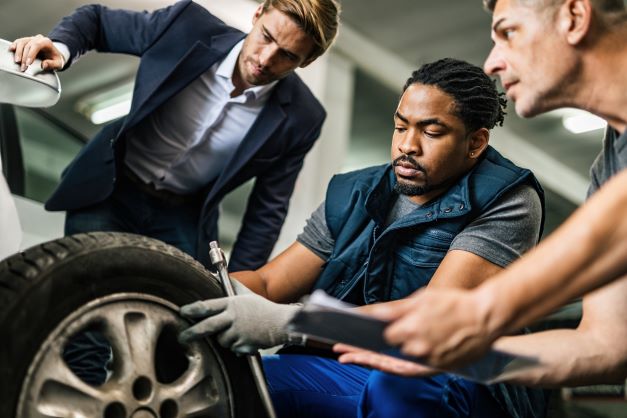Recovering from a car accident can be an incredibly difficult physical, emotional and financial process. That’s why it is so important to understand that taking legal action may greatly increase the amount of compensation you receive for your damages. Hiring a personal injury lawyer with experience in such cases not only ensures that all paperwork is filed properly but also provides guidance through settlement negotiations – ultimately allowing claimants more peace-of-mind every step along their path towards justice.
A skilled personal injury lawyer has extensive knowledge of insurance laws, regulations, and policies related to auto accidents. They are familiar with all applicable statutes and case law relative to car crashes, allowing them to handle even complex claims efficiently and effectively. Your attorney’s job is not only to represent you during litigation proceedings but also to serve as an advocate throughout your entire claim process.
Your legal counsel can guide appropriate documentation needed for your claims, such as medical records or police reports. In addition, they will work closely with responsible parties’ insurers to ensure that all necessary information is collected and considered fairly when evaluating your claim. With the right representation, you have a better chance of obtaining fair compensation for yourself after being injured due to someone else’s negligence behind the wheel of a motor vehicle.
Understanding Car Accident Claims
Car accident claims are complex legal proceedings that require a thorough understanding of the process and applicable law. It is essential to understand your rights and responsibilities when filing an insurance claim or attempting settlement negotiations with the other party’s insurer. This knowledge can be critical in achieving an equitable outcome.
By taking advantage of experienced legal representation, those injured in car accidents may have access to valuable resources and strategies for maximizing their recovery. Legal counsel can provide invaluable advice on filing a claim and navigating the complexities of negotiation procedures. They also offer insight into potential issues related to statute of limitation laws, which may affect one’s ability to pursue compensation for damages suffered as a result of the incident. With this in mind, it becomes clear why having legal guidance during this time is beneficial. Moving forward, we will discuss some of these benefits regarding legal representation for car accident claims.
Benefits Of Legal Representation – Abogados de Accidentes Costa Mesa
After an auto accident, having the support and guidance of a qualified legal representative can be beneficial for those pursuing a personal injury claim. An experienced Abogados de Accidentes Costa Mesa understands the complexities of the claims process and can provide invaluable assistance during this difficult time. Legal representation provides numerous benefits to individuals seeking compensation for their car accidents.
First, an attorney may help you understand your rights under state law and will work diligently to ensure that all deadlines are met when filing a claim. A knowledgeable lawyer also has access to resources such as medical experts who can offer insight into the severity of your injuries. Additionally, since insurance companies have teams of adjusters working on behalf of their clients, having someone in your corner who knows how these organizations operate is essential if you’re trying to receive full compensation for any losses incurred due to the crash.
Ultimately, with the right legal counsel by your side, you have a greater chance of obtaining fair treatment throughout the entire proceedings. It is important to note that while there are many advantages associated with hiring an accident lawyer, it is ultimately up to each individual or family to decide whether legal representation is necessary in their case.

Key Steps To Take After An Accident
When faced with an auto accident, the speed of a lightning bolt can feel like it’s dragged at a snail’s pace. The moments after such a traumatic event are critical and should be handled with care. To ensure you maximize your recovery in the aftermath of an accident, there are essential steps that must be taken as soon as possible.
First, document every detail of the car crash including pictures and eyewitness accounts if available. It is also wise to contact your lawyer right away for further advice on how to proceed with filing a claim against either the other driver or their insurance company. Your attorney will advise you on what information needs to be collected from both parties involved to make sure all evidence is accounted for when filing the claim. Additionally, they can help guide you through the claims process by representing your best interests during negotiations and settlement discussions with the at-fault party’s insurer. Furthermore, contacting your insurance provider should not be neglected; informing them about any potential damage or injuries resulting from an auto accident is important for ensuring coverage under your policy.
By following these key steps after an accident, you will be well-equipped to tackle any obstacles that may arise throughout the claims process while being fully informed along each step of the way. With legal guidance provided by experienced attorneys who specialize in car accidents, victims of collisions can rest assured knowing they have access to resources necessary to protect their rights and pursue compensation rightfully owed them due to another person’s negligence.
How A Lawyer Can Help Your Claim
Hiring a car accident lawyer is an important step in the accident claim process. A lawyer’s representation can be invaluable when it comes to maximizing your recovery for damages caused by another driver. With legal help, you increase the chances of getting compensation for medical bills, lost wages, and other costs associated with the crash that would otherwise not have been available to you.
A car accident lawyer will work on your behalf to ensure you receive full and fair compensation from all sources involved in the collision. This includes filing insurance claims, negotiating settlements with insurance companies, and taking legal action against any party found responsible for causing the crash if negotiations fail or are unsuccessful. Your attorney will also protect your rights throughout every stage of the litigation and make sure that no one takes advantage of you during this difficult time. In addition, they may be able to identify additional potential sources of compensation such as uninsured/underinsured motorist coverage or liability which may exist beyond what was initially known at the start of your claim.
Having an experienced car accident lawyer on your side is essential to maximize your recovery after a serious auto wreck. They can provide valuable advice regarding navigating complicated laws and regulations related to automobile accidents while helping you secure a just settlement that fully compensates you for all losses incurred due to the crash.
Conclusion
Having an experienced lawyer on your side when pursuing a car accident claim can make the process smoother and more successful. To maximize your chances of recovering full compensation, you must understand what steps to take after an accident as well as the advantages of obtaining legal representation.
A skilled lawyer will be able to assist in gathering evidence related to the case, negotiating with insurance companies, and filing all necessary paperwork efficiently and accurately. They also have extensive experience in litigation if the matter needs to be taken to court. By doing so, they are better equipped not only to ensure that your rights are protected throughout but also to help you obtain a favorable outcome for your claim.
Therefore, if you or someone close to you has been involved in an automobile incident, enlisting the services of a qualified attorney may prove beneficial – both now and in terms of future prevention measures. With their assistance, you can rest assured knowing that you’re taking every possible step toward achieving a satisfactory conclusion for yourself and those affected by the collision.



